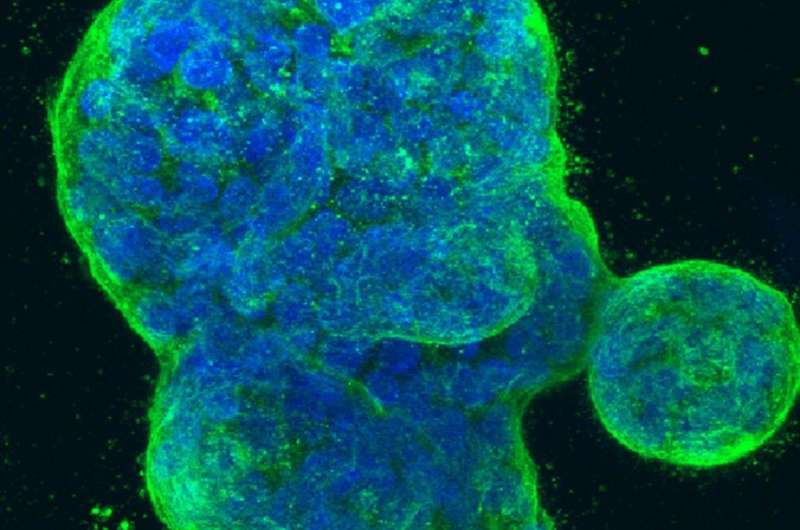
A long-term follow up analysis of the NRG-RTOG 9804 randomized trial has shown that breast radiation following lumpectomy significantly reduces incidence of ipsilateral breast recurrence (IBR) for “low risk” DCIS. NRG-RTOG 9804 is a clinical study conducted by the National Cancer Institute National Clinical Trials Network group NRG Oncology. These results were recently published in JCO/
NRG-RTOG 9804 enrolled and randomized 636 women between December 1999 and July 2006. The median age of participants on the trial was 58 years old and 76% of patients were considered post-menopausal at study entry. Patients were randomized to breast radiation (RT) or observation (OBS) treatment groups. The patients in the RT group originally received 50 Gy in 25 fractions or 50.4 Gy in 28 fractions until a 2001 amendment allowed 42.5 Gy in 16 fractions. Tamoxifen 20 mg per day was initially required in both arms but became optional in 2001. All patients who participated on NRG-RTOG 9804 received annual mammography and specified clinical exam intervals. For this analysis, the median follow up time was 13.9 years (min-max: 0.01-20).
In the NRG-RTOG 9804 study, IBR was the primary endpoint. The secondary endpoints were invasive IBR, contralateral breast events (CBEs), overall (OS) and disease-free survival (DFS), distant metastasis (DM), subsequent mastectomy (M), and toxicity. Both primary and secondary endpoints were measured from the date of randomization to date of recurrence or last follow-up for patients. This analysis focused on the long-term cumulative incidence of IBR. The study hypothesized that radiation would significantly reduce IBR from 6% to 3.5% (hazard radiation [HR], 0.58) at 5 years, assuming that the reduction in IBR from RT would be less than previous trials that included higher grades and larger sizes of DCIS. With long-term follow-up, cumulative incidence of IBR remained statistically significantly lower with RT, as compared to OBS. At 10 and 15 years, the cumulative incidence of IBR with OBS was 9.2% (95% CI, 6.2 to 13.0) and 15.1% (95% CI, 10.8 to 20.2), respectively, and was 1.5% (95% CI, 0.5 to 3.7) and 7.1% (95% CI, 4.0 to 11.5), respectively, with RT. The 10 and 15 year invasive IBR incidence, respectively, was 0.4% (95% CI: 0.0, 1.9) and 5.4% (95% CI: 2.7, 9.5) with RT; 4.3% (95% CI: 2.3, 7.2) and 9.5% (95% CI: 6.0, 13.9) with OBS (HR=0.44 [95% CI:0.21, 0.91]; p=0.024. There was a total of 52 IBRs; 14 in the RT arm and 38 in the OBS arm. There were no statistically significant differences in mastectomy (M), distant metastasis (DM), overall (OS), or disease-free survival (DFS) between the two treatment arms. Within the RT arm, late (> 90 days from treatment start) grade 3 toxicities (breast pain, congestive heart failure/cardiomyopathy, and abnormal ECG) were reported for 1% of patients and all had right-sided treatment. There were no reported grade 4 or 5 late toxicities.
Source: Read Full Article
